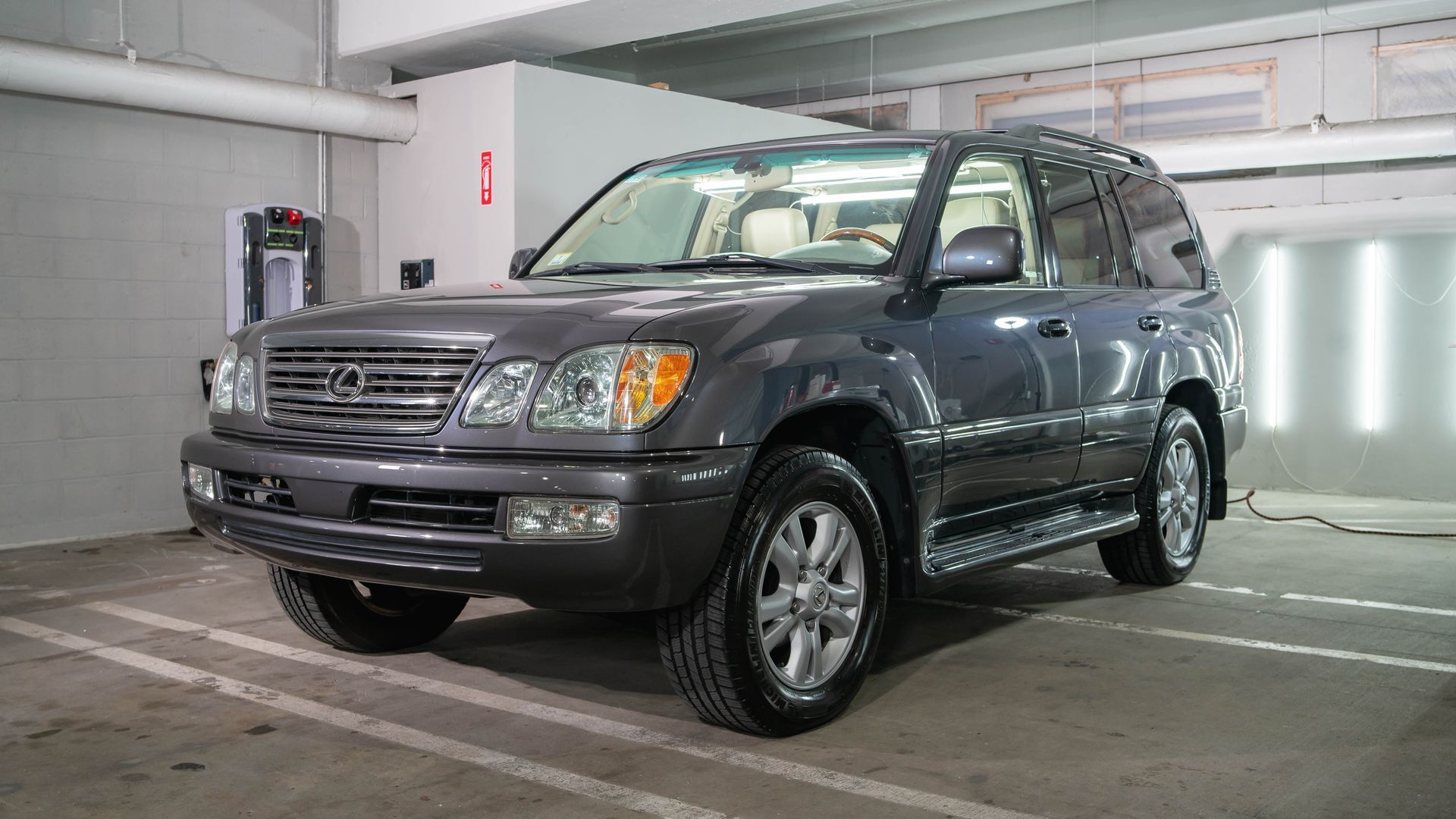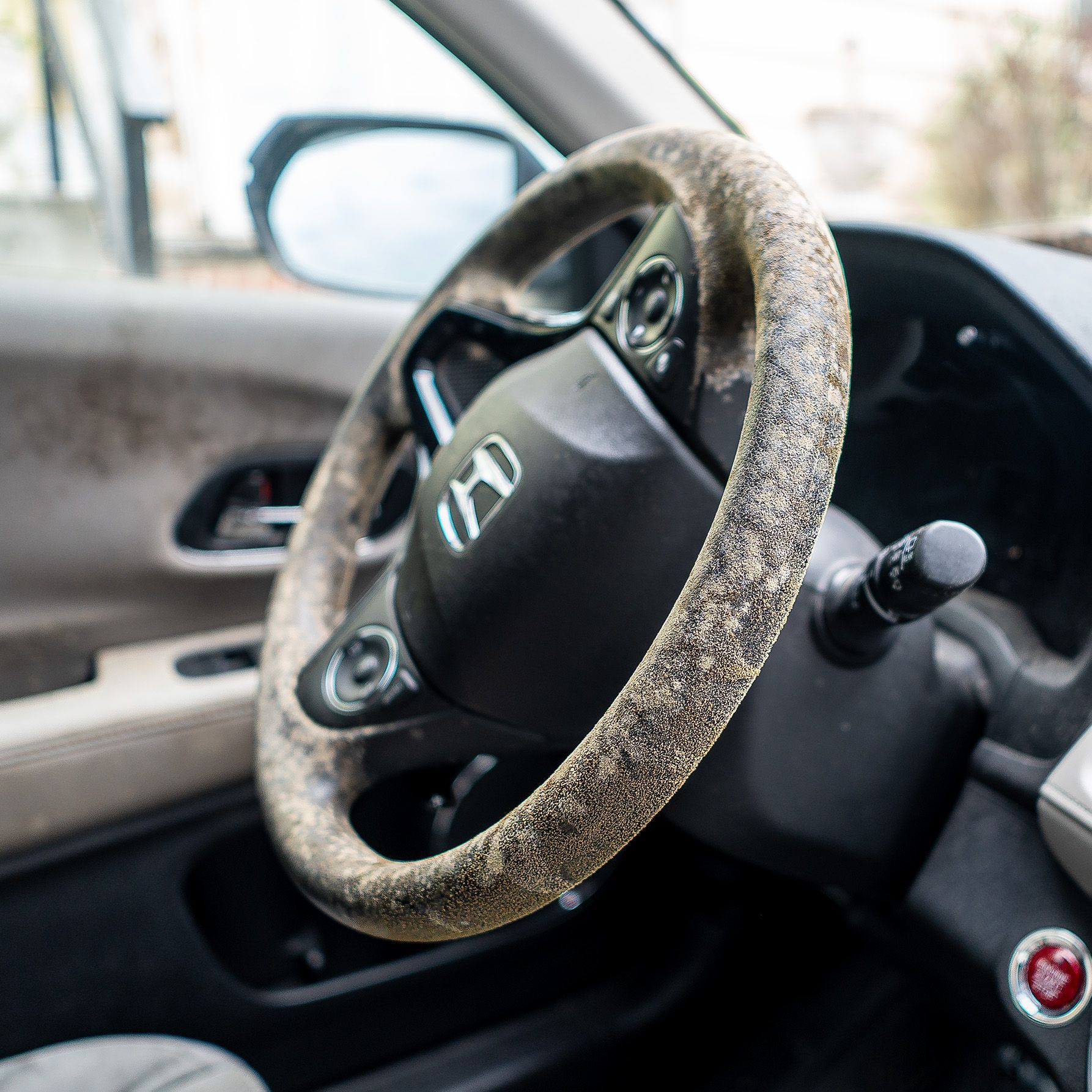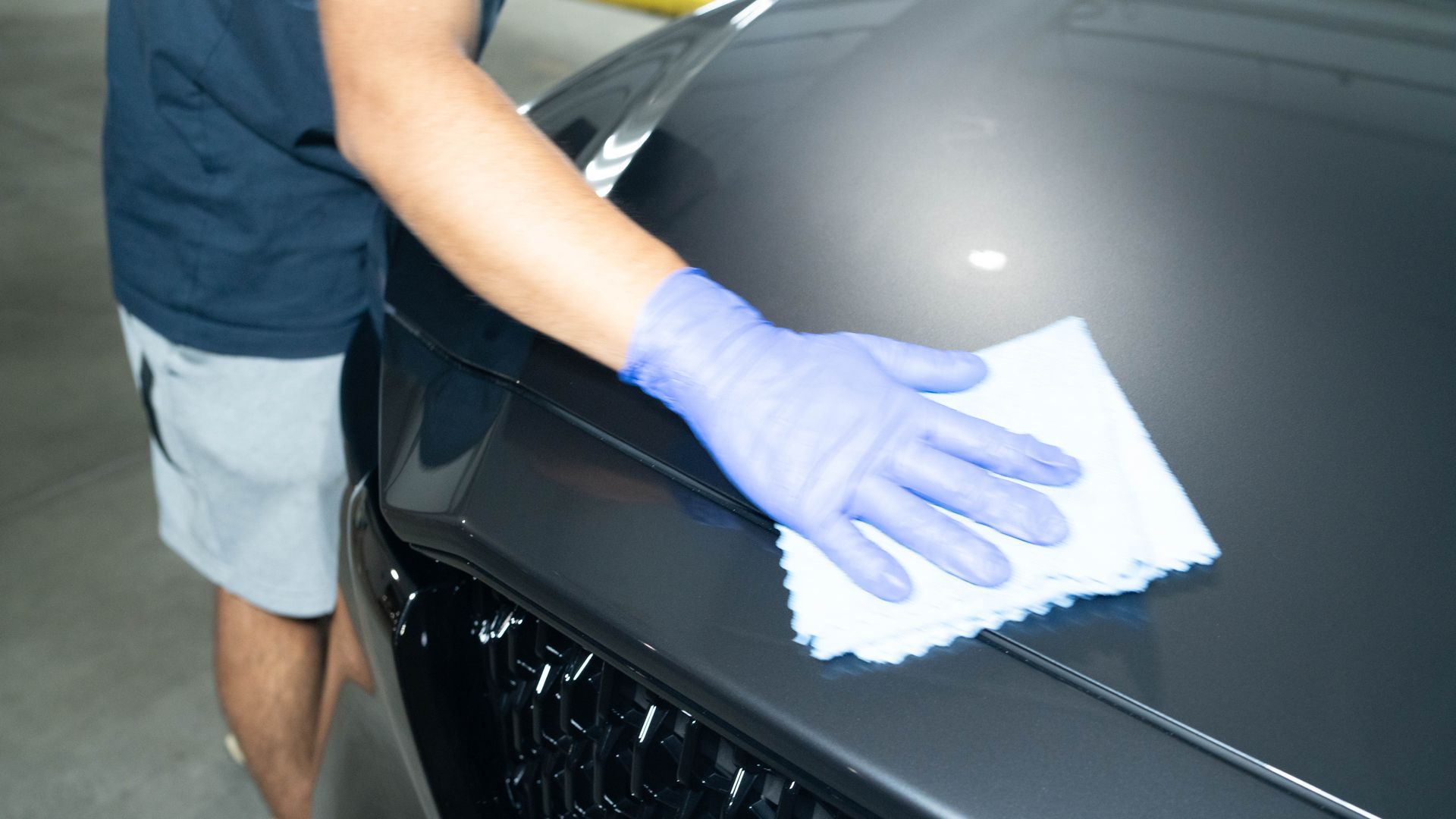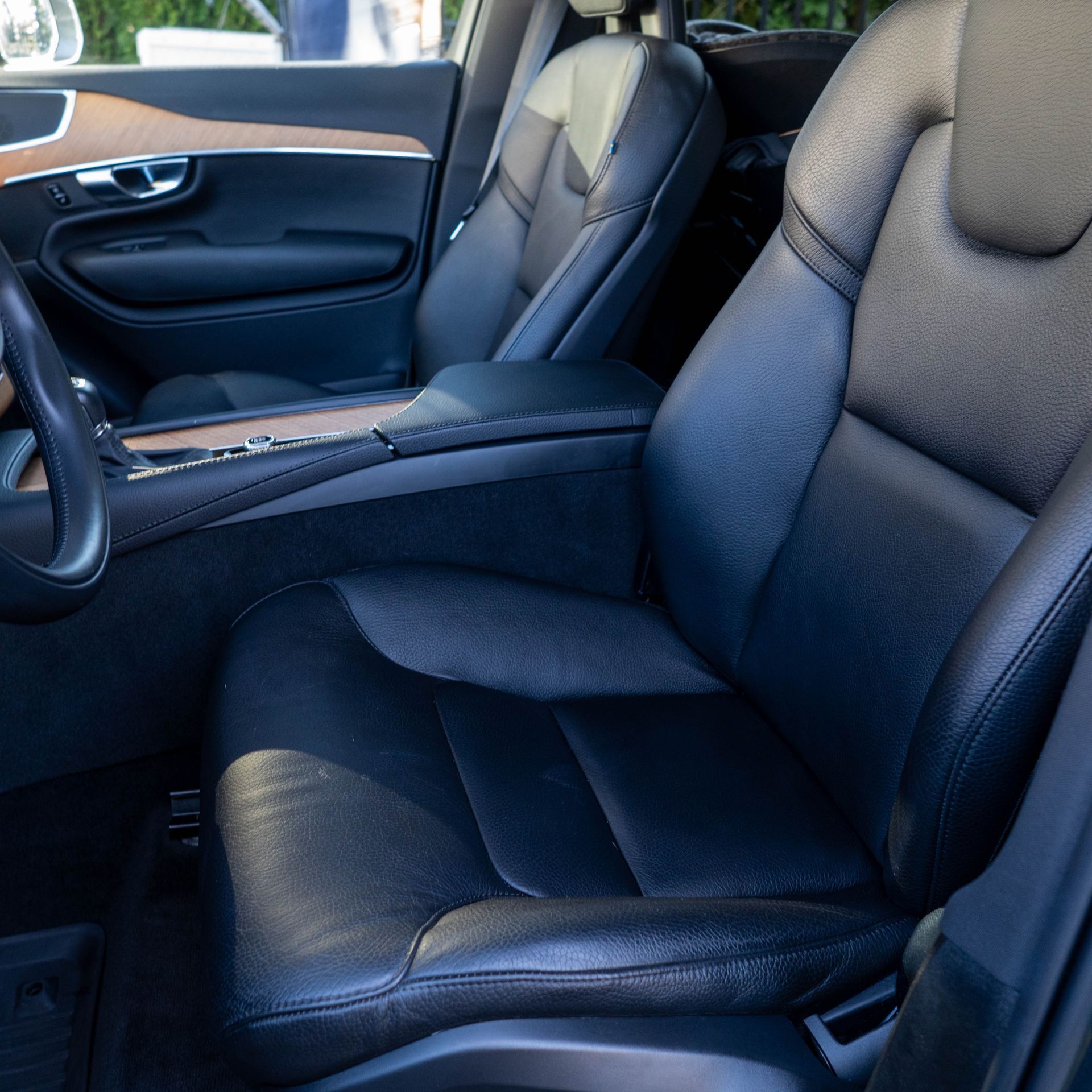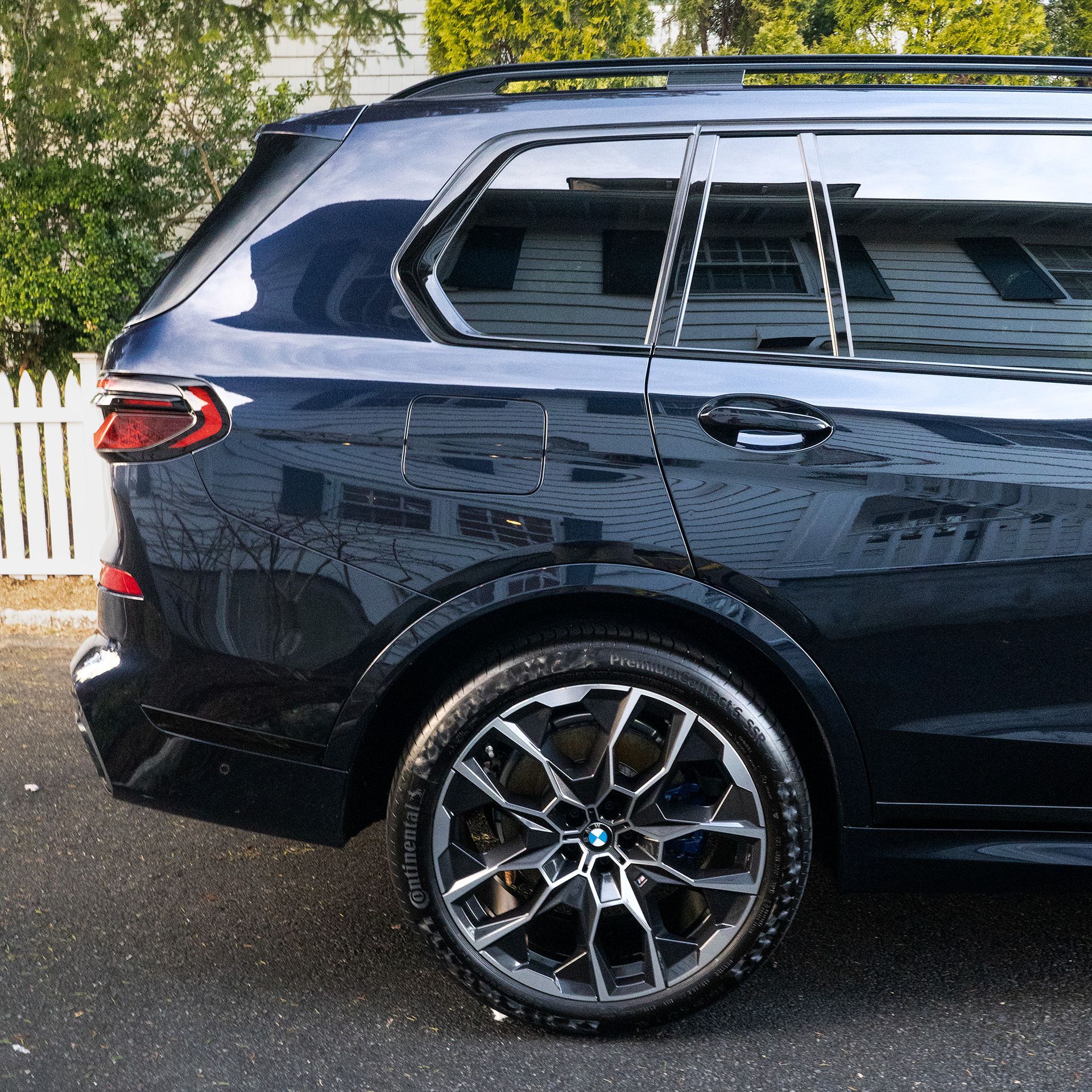A Guide to Detailing your Motorcycle Like A Professional
February 4, 2024
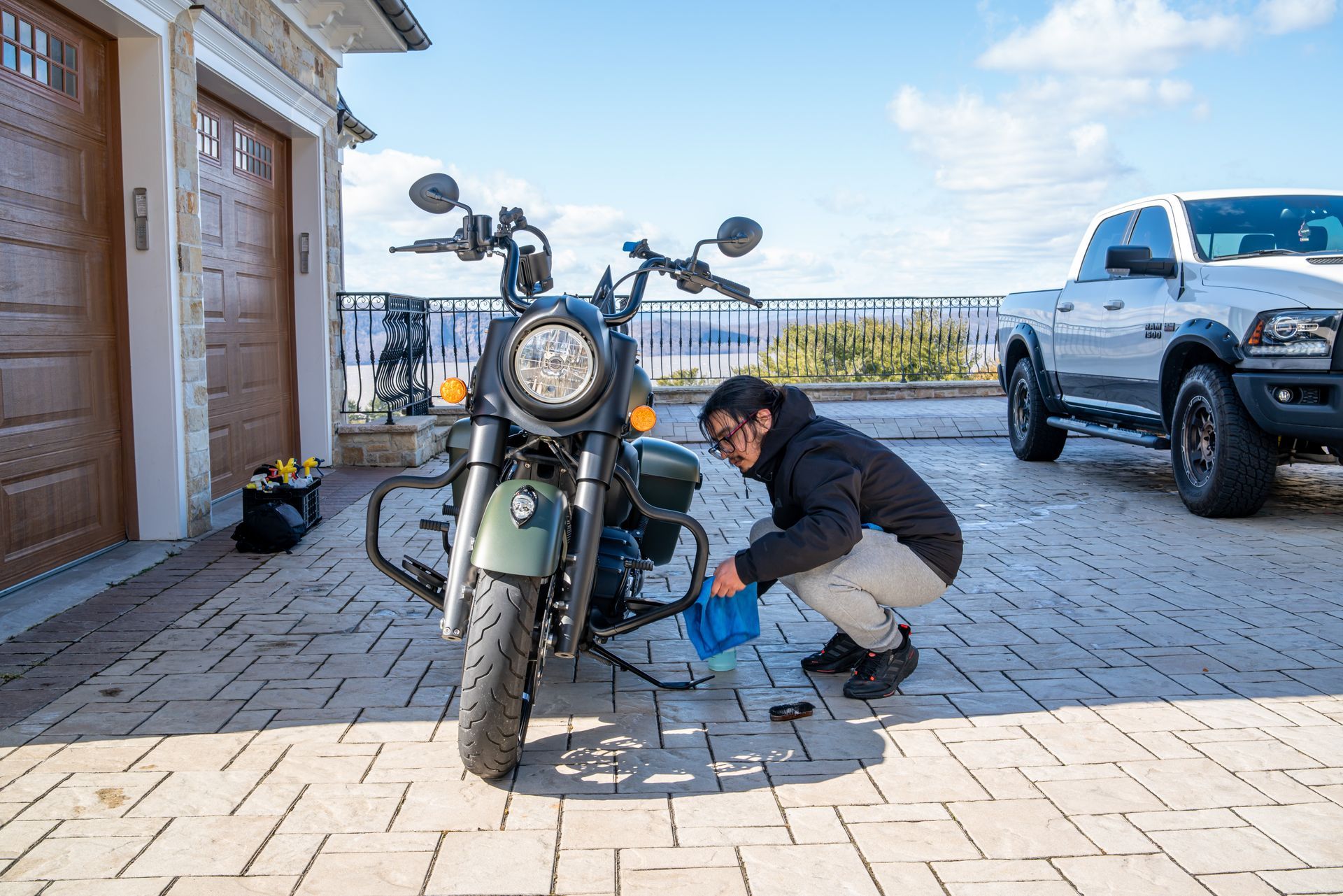
Keeping your bike looking slick and running smooth starts with a proper deep clean detailing followed by regular maintenance. This comprehensive guide covers the necessary steps, products, and techniques to make your motorcycle shine using professional-level methods.
Why Detail Your Motorcycle?
Detailing goes beyond a basic wash to deeply clean surfaces, remove contaminants, and restore cosmetics for a showroom-quality appearance. Benefits include:
- Removes embedded dirt, grease, bugs, tar, and grime
- Protects against UV damage, rust, and oxidation
- Polishes away swirl marks, scratches and defects
- Waxes or seals for a glossy, slick finish
- Keeps components functioning optimally
- Assures safety by cleaning brakes, lights, mirrors etc.
- Provides thorough inspection while working
- Extends the life of plastics, paint, chrome, and metals
Supplies Needed
- Bucket with grit guard
- Soft wash mitts and towels
- Wheel cleaner and brushes
- pH balanced shampoo
- Tire cleaner
- Degreaser or all-purpose cleaner
- Foaming surface prep cleaner
- Pressure washer
- Blow dryer
- Clay bar and lubricant
- Polishes and compounds
- Wax or sealant
- Metal/chrome polish
Safety Tips
- Avoid spraying electrical components and air intakes
- Wear gloves when using cleaners
- Rinse thoroughly after cleaning
- Wet surfaces before claying to avoid scratches
- Only apply polishes by hand or with a buffered orbital tool
- Test all products on inconspicuous areas first
- Remove any bike bags, luggage and accessories before washing with strong chemicals
Step-By-Step Motorcycle Detailing Process
- Wheels and Tires
Spray wheel cleaner over the entire wheel/tire and allow to soak briefly. Use a stiff brush to agitate the cleaner and dissolve brake dust and grime on rims, spokes, etc. Rinse. Apply a foam tire cleaner to break down rubber stains and restore a dark black color. Pressure rinse tires as well. - Pre-Rinse
Rinse the entire bike with a light spray to remove excess dirt and dust. Use a soap canon or foam sprayer to coat the bike with thick clinging suds if needed. This allows soaking and penetration before washing. - Wash
Hand wash the bike using the two bucket method. Fill one bucket with a motorcycle or auto shampoo mixed with water and the other with plain rinse water. Submerge and wring a wash mitt in the soapy bucket, then wash a section. Rinse mitt in the plain water bucket to remove dirt. Use straight lines and gentle pressure. Pay attention to crevices and hidden areas. Rinse frequently as you work around the entire bike. - Degrease and Spot Clean
For any oily areas like around the engine or chain not cleaned by washing, apply a citrus degreaser diluted 10:1. Agitate with a brush and rinse. Spray problem spots like bugs, tar, or grease with a multipurpose APC cleaner or adhesive remover. Scrub with a boars hair brush. Rinse. - Final Rinse
Pressure rinse the entire motorcycle once more to remove any leftover soap residue and lift additional dirt from crevices. Wheel wells, under the seat, and tight areas around fairings will need attention. - Dry
Use a blow dryer on wand setting to thoroughly dry the motorcycle and crevices, starting with the tank and working your way down and around the components. Go back over areas with a microfiber towel to remove any remaining water spots. - Clay Bar
Knead a synthetic clay bar to soften it and flatten into a patty shape. Spray a lubricant like quick detailer over a section of the bike. Glide the clay across the surface, using straight back and forth motions. Fold clay frequently to a clean side. Claying removes embedded contaminants from paint, plastic, and glass that washing misses. Use an iron remover if available before claying to make the process easier. It leaves surfaces ultra smooth. Remember to re-lubricate often. - Polish and Compound
For light oxidation or swirling on paint or plastic, use a polish by hand or with an orbital buffer. Work in small sections with foam pads. For deeper defects, use a cutting compound before polishing. Take care around pinstriping or graphics. Test product compatibility first. Follow directions for application and removal. - Wax or Seal
Apply a coat of high quality wax or paint sealant by hand or polisher. Use thin, even coats allowing proper curing time between. This protects paint and plastics, while giving an incredible shine. Use a spray wax on chrome or metal components. - Maintain
Regularly wash your bike by hand using proper techniques to avoid swirls. Wax or seal annually. Inspect and lube components. Repair any new chips, scratches etc. Keeping your bike detailed means you only need to do heavy corrections like claying every 2-3 years.
By mastering these detailing steps and motorcycle maintenance practices, you can keep your bike looking and running like new for many more miles down the road. Ride safely and in style!
